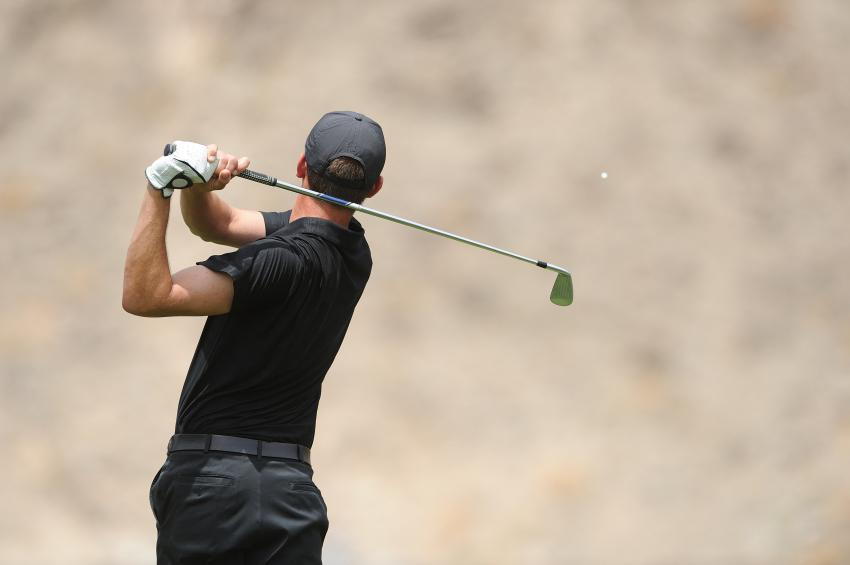Springtime is here, and that means all you golf enthusiasts have the perfect weather for working on taking a few strokes off your handicap. Speaking of handicap, did you know that golf is a notorious sport for causing injuries like muscle and ligament strains, disc injuries, spinal arthritis, and even a potential bone fracture? With that in mind, here are 4 tips to avoid lower back pain during this golf season.
Don’t Swing Away Cold
The biggest mistake people make with golf is thinking that because it doesn’t involve a lot of running or jumping that no warmup is required. The muscles used when swinging a golf club are rarely used in such a strenuous way, and failure to stretch beforehand is what results in most injuries. Make sure you stretch your lower back, hips, shoulders, and hamstrings—at the very least—before taking your first swing.
Work on Your Swing
This isn’t just advice for getting better at golf; it can also help you to avoid an injury. Having the right technique will mean that less of the force comes from your lower back. That means less stress on the lower back as the shoulder, hip, chest, and spine all rotate as one to create the right amount of torque for a powerful shot.

Be a Good Caddy
Since most of us carry our own golf bag, it is also important to remember to lift the bag the right way. Bending at the waist to grab the bag will place additional strain on the lower back. Also, dual straps are preferable because it helps distribute the weight as opposed to carrying the bag on just one shoulder.
Spending Time in the Gym
You may not think of the gym as being an important part of golf, but working on your mid-back mobility is the primary way to ensure that your lower back is not carrying the entire brunt of the torsion. Professional golf trainers recommend increasing the range of motion in the mid-back and the hip areas. This allows the entire torso to turn as one, thus distributing the force of the swing and improving the power of your stroke.
What to Do if Your Feel a Strain
Hopefully, the tips noted above will help you both to improve your game and avoid injury. If you do have soreness in your lower back after a round of 18, you can make a same-day appointment with Dr. Ward to quicken recovery time and get you back on the green before you know it.
For more information check out our page: FAQs on Golf Injuries.
